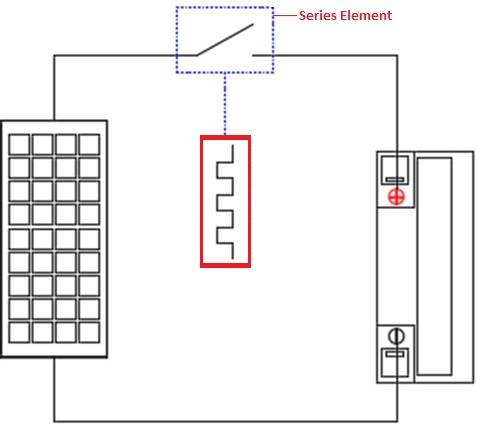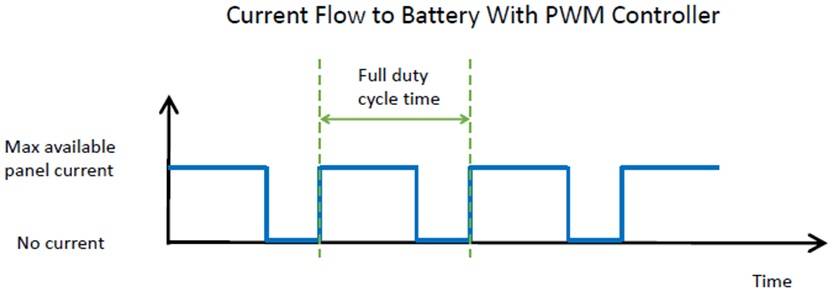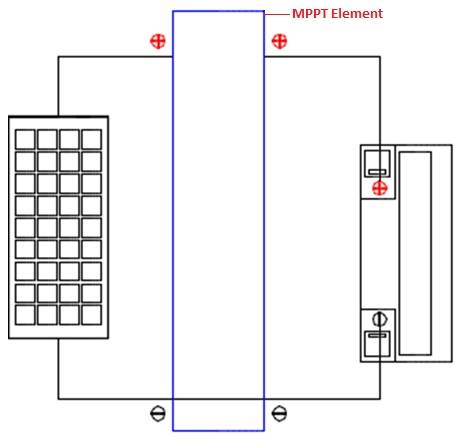A solar charge controller is fundamentally a voltage or current controller to charge the battery and keep electric cells from overcharging. It directs the voltage and current hailing from the solar panels setting off to the electric cell.
•Monitors the reverse current flow
The primary function of a solar charge controller is to prevent the battery from being over/under charged by the solar array. Most charge controllers have various set-point points for regulation based on battery voltages; these set-points can be fixed or variable. The charge set-points should be adjusted for temperature with either a local or remote temperature probe.
MPPT Charge Controller
PWM regulators are similar to series regulators, but they use a transistor instead of a relay to open the array. By switching the transistor at high frequency with various modulated widths, a constant voltage can be maintained. PWM controllers make a direct connection between the solar array and the battery bank. PWM controllers use Pulse Width Modulation to charge the battery.


A PWM controller does not send a steady output but rather a series of short charging pulses to the battery. Depending on the battery’s current state of charge, the controller decides how often to send such pulses and how long each one of them should be. For a nearly fully charged battery, the pulses will be short and rarely sent, while for a discharged battery they will be long and almost constantly sent. Ever Pro Series is a high efficient PWM Solar Charge Controller.
The Maximum Power Point Tracking (MPPT) charge controller takes the PWM to the next level, by allowing the array voltage to vary from the battery voltage. By varying the array input, the charge controller can find the point at which the solar array produces the maximum power.

For example, if the output voltage of the solar array (24V, 48V or more) is higher than the battery bank voltage (e.g. 12V), an MPPT controller brings it down to 12V but compensates the ‘drop’ by increasing the current, so that the power remains the same. The principle of MPPT is squeezing the maximum possible solar-generated power from a solar panel by making it operate at the most efficient combination of voltage and current, also known as ‘maximum power point’. Titan Series, Titan Plus Series and Titan Star Series are highly efficient solar MPPT charge controller
UPS batteries charge ,controller ,solar ,battery ,voltage ,array ,charge controller ,solar charge ,solar array ,mppt charge ,maximum power ,solar charge controller ,mppt charge controller منبع

درباره این سایت